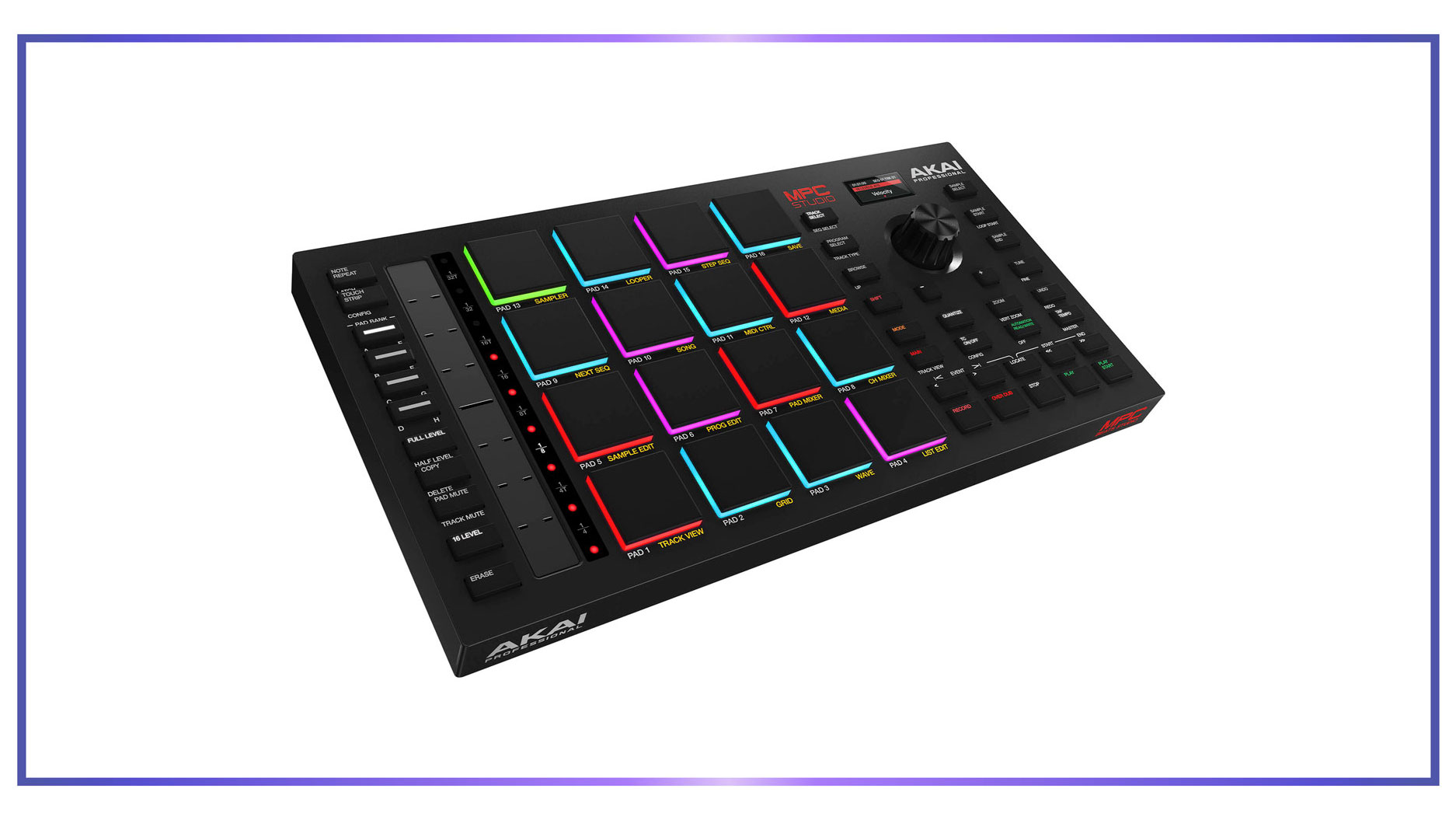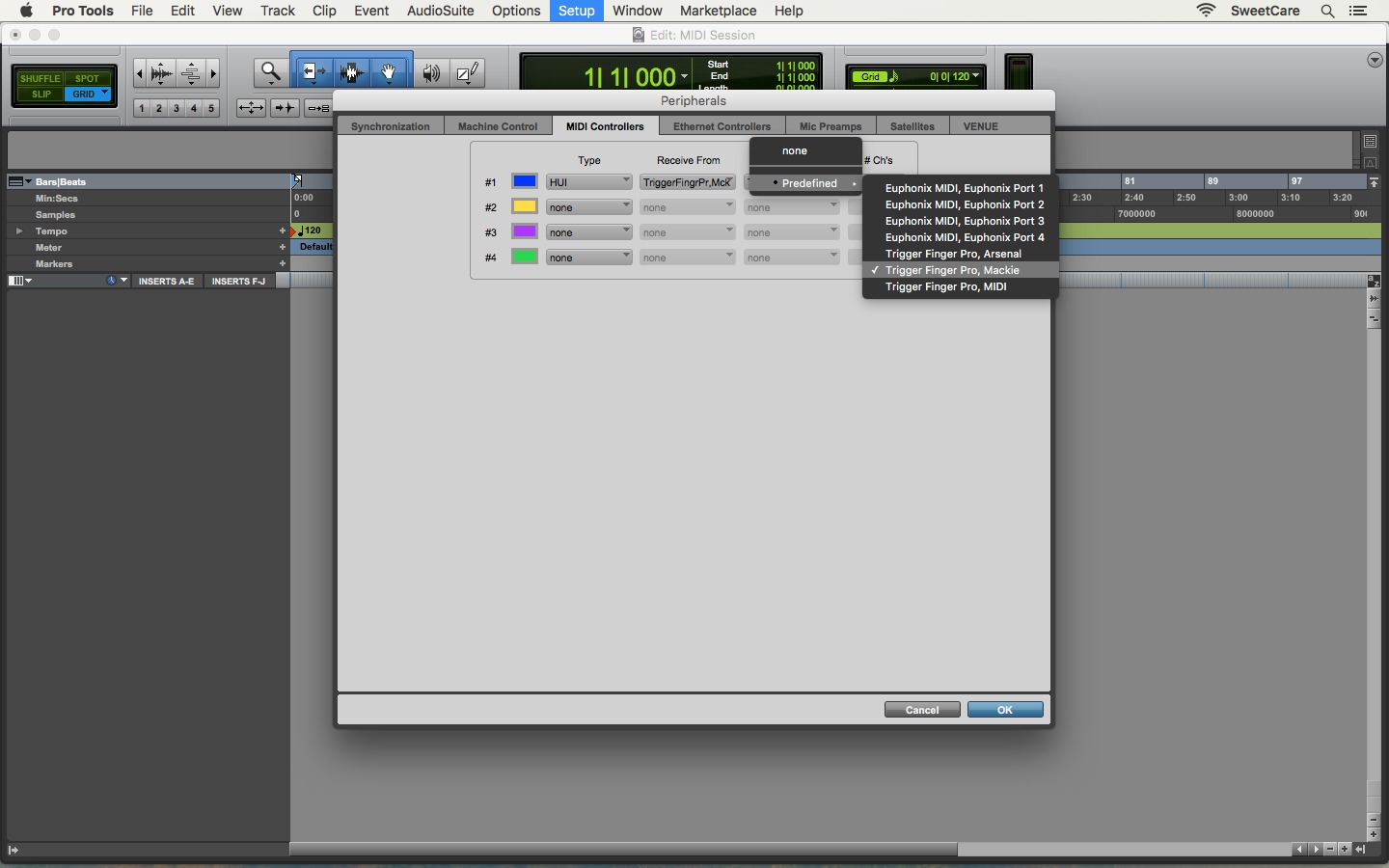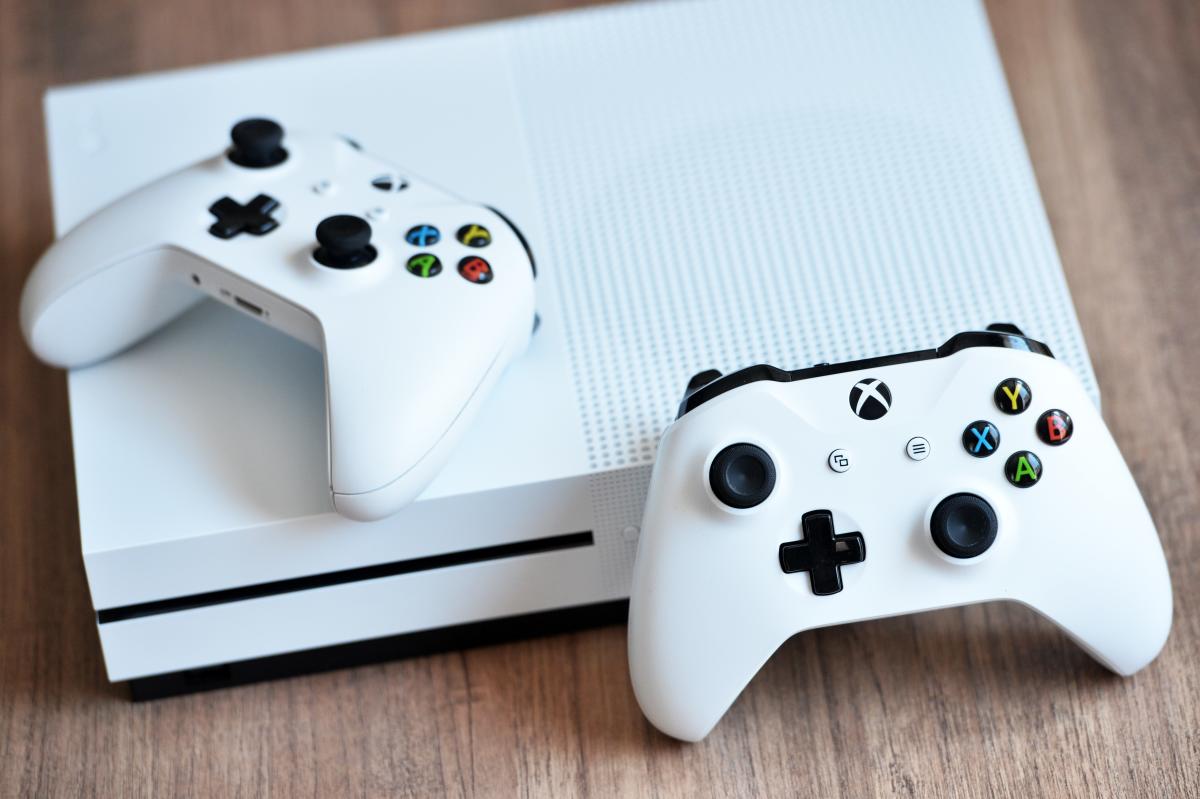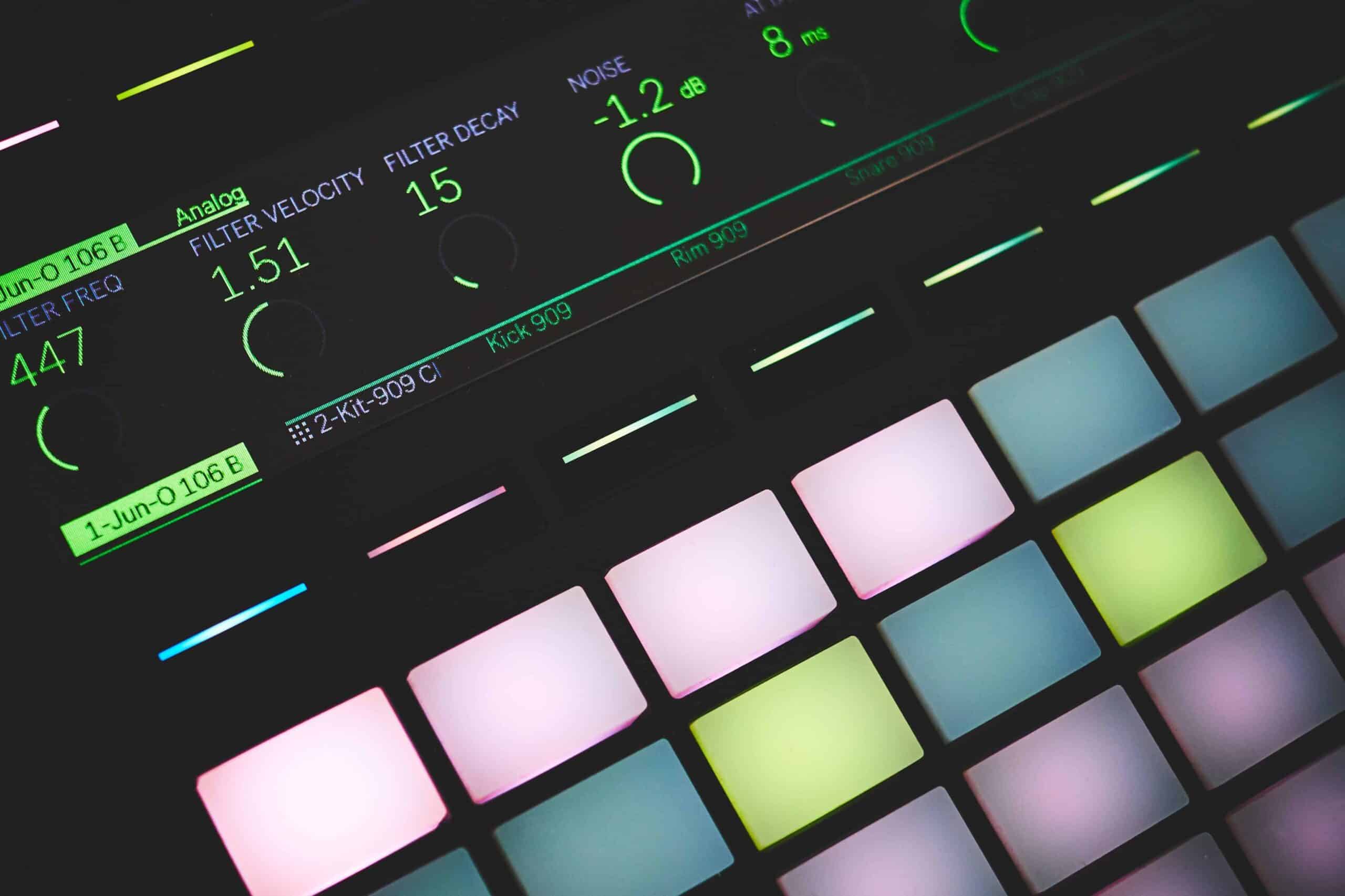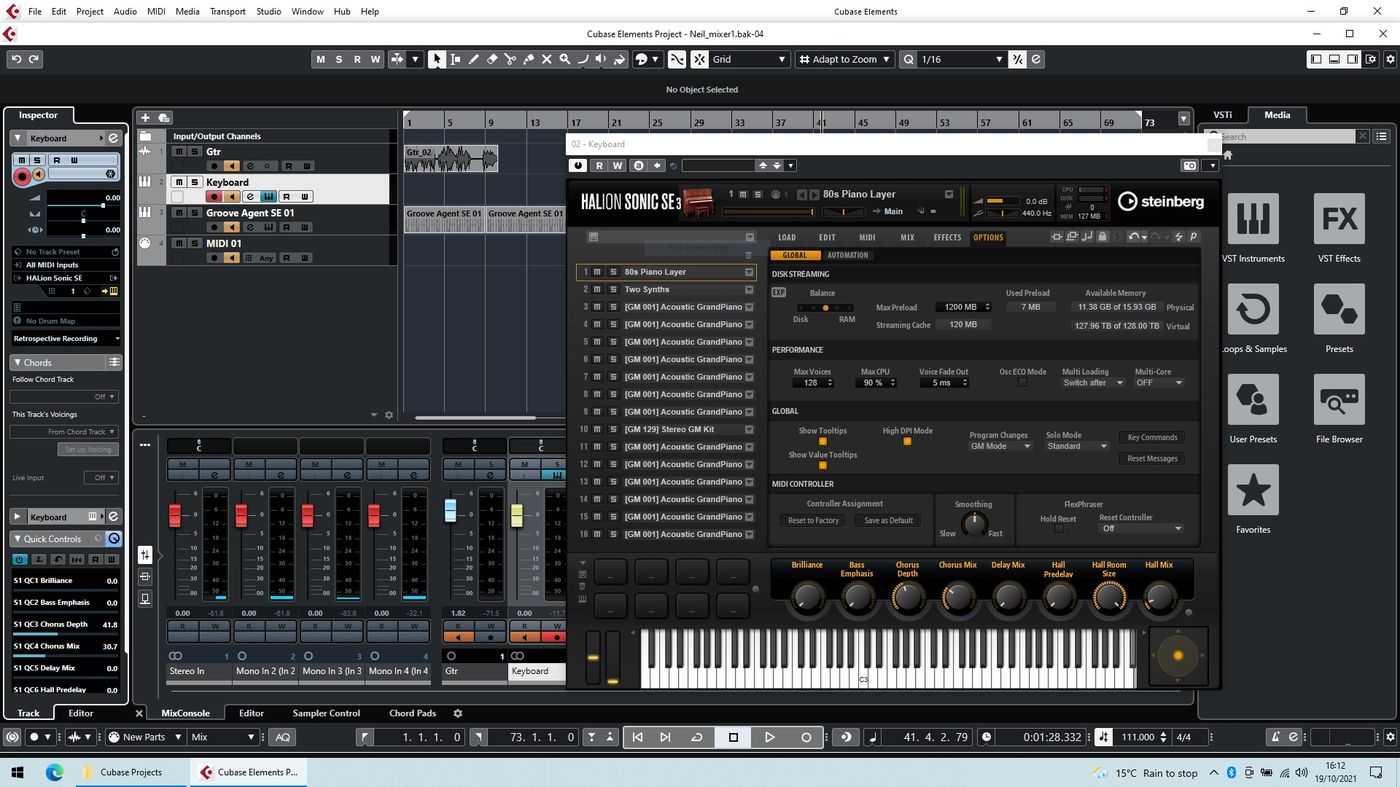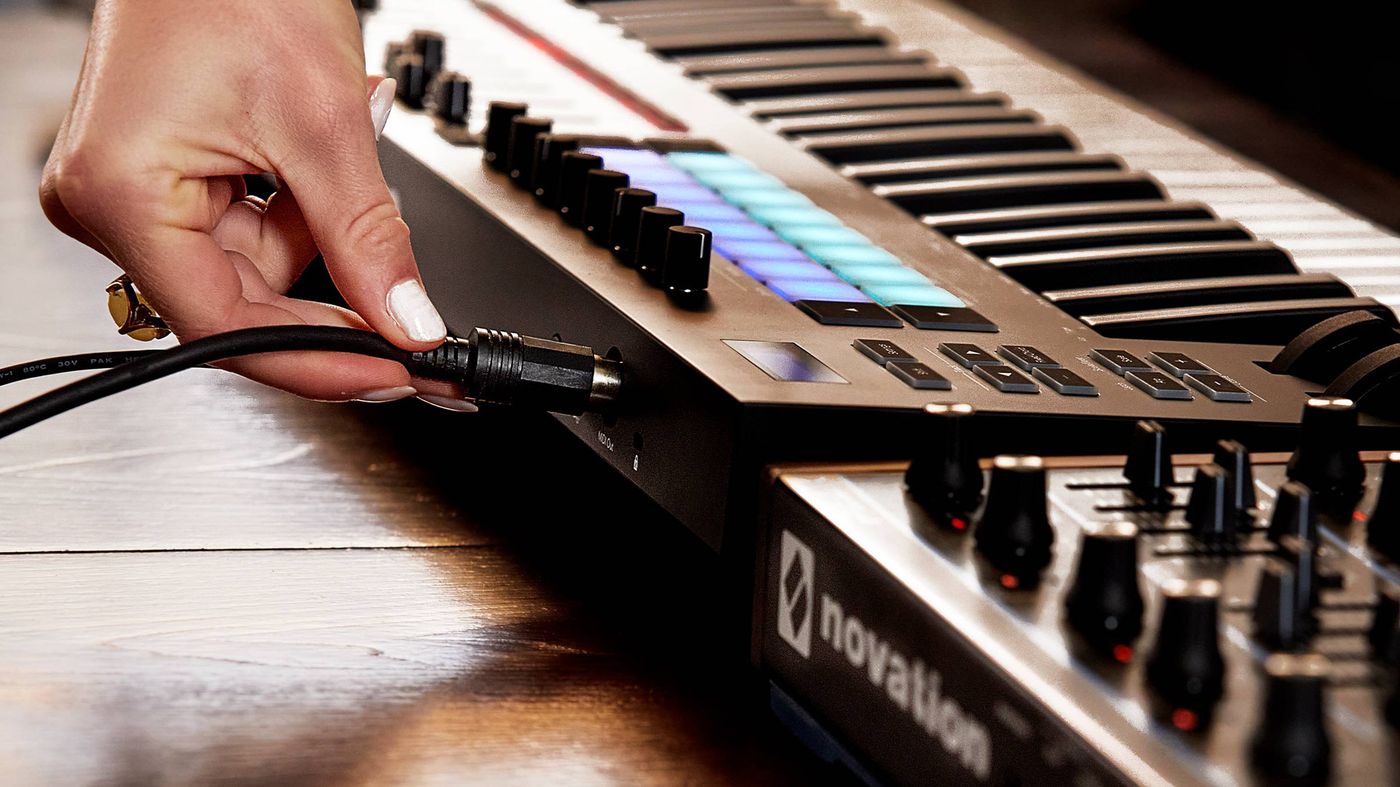Home>Production & Technology>MIDI>What Is An External MIDI Controller
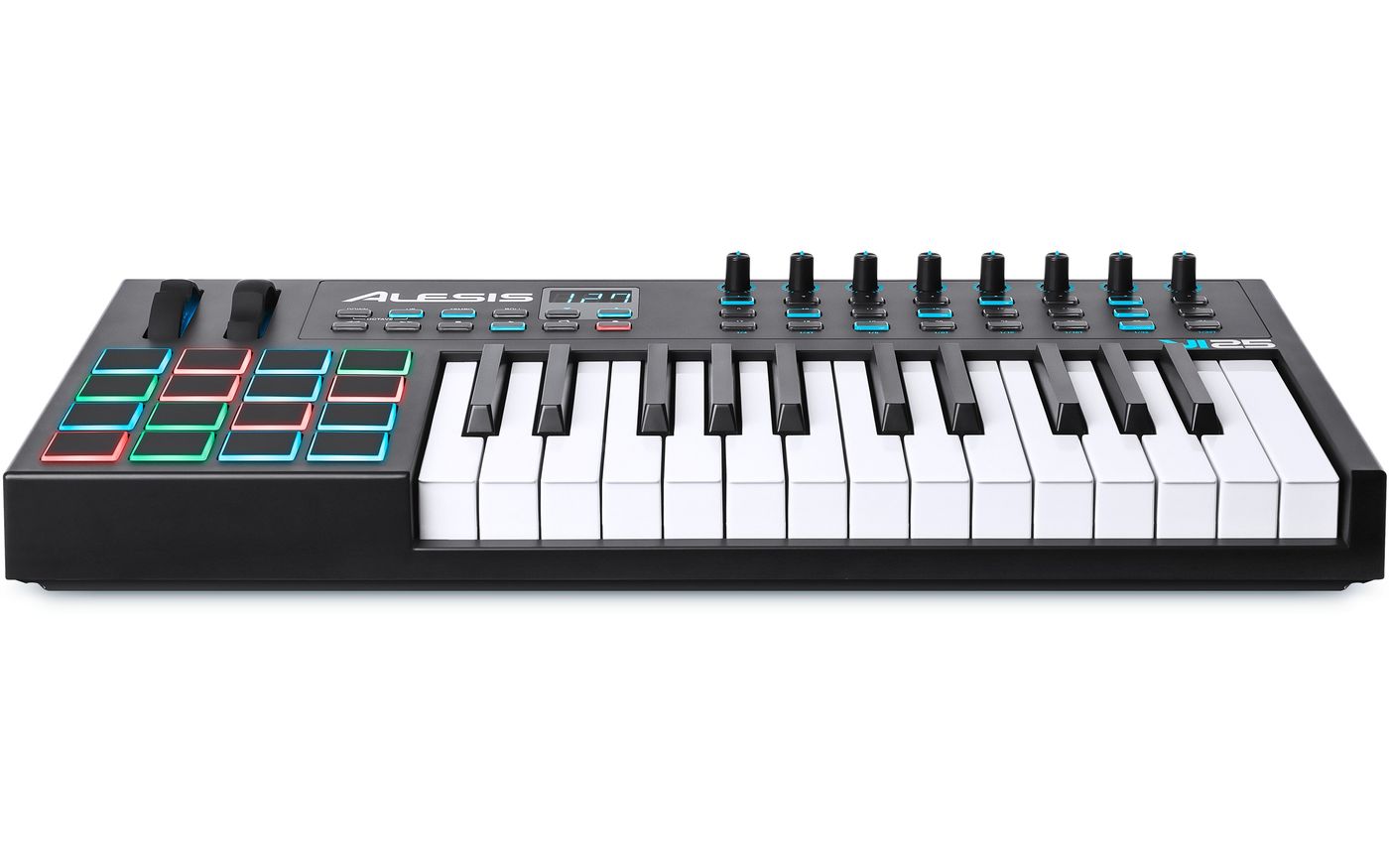

MIDI
What Is An External MIDI Controller
Modified: March 9, 2024
Learn about the benefits of using an external MIDI controller and how it enhances your music production. Explore the versatility and control it offers for your MIDI devices.
(Many of the links in this article redirect to a specific reviewed product. Your purchase of these products through affiliate links helps to generate commission for AudioLover.com, at no extra cost. Learn more)
Table of Contents
Introduction
When it comes to creating music, the tools at a musician's disposal play a crucial role in shaping the sound and overall creative process. In the realm of modern music production, the use of MIDI controllers has become increasingly prevalent, offering musicians and producers a versatile means of interacting with digital audio workstations (DAWs) and software instruments. While many are familiar with MIDI keyboards and pad controllers, there exists another essential category of these devices: external MIDI controllers.
External MIDI controllers, often referred to simply as MIDI controllers, serve as indispensable tools for musicians and producers seeking tactile control over various aspects of their music production workflow. These controllers come in a diverse range of forms, each tailored to specific needs and preferences. From enhancing live performances to streamlining studio production, external MIDI controllers have revolutionized the way music is created and performed.
In this article, we will delve into the world of external MIDI controllers, exploring their definition, types, functionality, and the myriad benefits they offer to musicians and producers. Whether you're a seasoned music production veteran or a newcomer to the world of MIDI, understanding the role and potential of external MIDI controllers is key to unlocking new levels of creativity and expression in your musical endeavors.
Definition of an External MIDI Controller
An external MIDI controller is a hardware device designed to interact with digital audio workstations (DAWs), software synthesizers, and other music production software via the Musical Instrument Digital Interface (MIDI) protocol. Unlike standalone MIDI instruments such as keyboards or drum machines, external MIDI controllers are dedicated to providing tactile control over various parameters within a software environment.
These controllers come in a diverse array of forms, ranging from compact pad controllers and mixer-style surfaces to intricate modular systems and specialized performance interfaces. Regardless of their specific form, all external MIDI controllers share the common goal of enabling musicians and producers to manipulate and shape sound in a hands-on, intuitive manner.
One defining characteristic of external MIDI controllers is their ability to transmit MIDI data to connected devices, allowing for real-time control over software parameters such as virtual instrument parameters, mixer settings, and effect parameters. This bi-directional communication facilitates a seamless connection between the physical actions of the user and the digital realm of music production, fostering a more expressive and interactive creative process.
Furthermore, external MIDI controllers often feature a range of physical controls, including but not limited to knobs, faders, buttons, pads, and touch strips. These controls can be assigned to various functions within a DAW or software instrument, offering users the flexibility to tailor their setup to suit their specific workflow and creative preferences.
In essence, an external MIDI controller serves as a bridge between the tactile, expressive nature of traditional musical instruments and the boundless sonic possibilities afforded by modern music production software. By harnessing the power of MIDI communication, these controllers empower musicians and producers to infuse their music with a personalized touch, blurring the lines between physical interaction and digital creativity.
Whether used for live performance, studio production, or experimental sound design, external MIDI controllers stand as indispensable tools in the contemporary landscape of music creation, offering a gateway to a world of dynamic, hands-on musical expression.
Types of External MIDI Controllers
External MIDI controllers encompass a diverse range of devices, each tailored to specific musical applications and creative preferences. Understanding the various types of external MIDI controllers is essential for musicians and producers seeking to expand their sonic capabilities and streamline their production workflows. Let's explore some of the most common types of external MIDI controllers:
1. MIDI Keyboards
MIDI keyboards, also known as MIDI controllers, are perhaps the most ubiquitous type of external MIDI controller. These devices emulate the functionality of traditional pianos and synthesizers, offering a range of keys that transmit MIDI data to control software instruments. MIDI keyboards come in various sizes, from compact 25-key models ideal for portability to full-sized 88-key versions that closely resemble acoustic pianos.
2. Pad Controllers
Pad controllers are designed to provide intuitive, tactile control over drum programming, sample triggering, and performance effects. Equipped with an array of pressure-sensitive pads, these controllers enable users to create rhythmic patterns, launch samples, and manipulate sound parameters with precision and expressiveness. Pad controllers are widely used in electronic music production, live performance, and beat-making workflows.
3. MIDI Control Surfaces
MIDI control surfaces mimic the layout and functionality of traditional mixing consoles, featuring motorized faders, rotary encoders, and dedicated buttons for controlling DAW mixer parameters and virtual instruments. These controllers offer a hands-on approach to mixing and automation, allowing users to adjust levels, pans, and plugin parameters with tactile precision, making them indispensable tools for studio production and live mixing scenarios.
4. DJ Controllers
Designed for DJs and electronic music performers, DJ controllers integrate a range of features tailored to mixing, blending, and manipulating audio tracks in a live performance setting. These controllers typically include jog wheels, faders, knobs, and performance pads, enabling DJs to seamlessly blend tracks, apply effects, and trigger samples with seamless integration with DJ software.
5. Wind and Guitar Controllers
For musicians seeking alternative means of expression, wind controllers and guitar controllers offer a unique approach to MIDI interaction. Wind controllers, such as the Yamaha WX series, allow for expressive, breath-controlled performance, while guitar controllers, such as the Roland GR series, enable guitarists to trigger MIDI notes and control virtual instruments using their instrument of choice.
6. Specialty Controllers
Beyond the aforementioned categories, a myriad of specialty MIDI controllers cater to specific niches within music production. These include expressive controllers like the ROLI Seaboard, which offers multidimensional, touch-sensitive control over sound, and modular controllers such as the Ableton Push, designed for seamless integration with specific software platforms.
In summary, the world of external MIDI controllers is rich and diverse, offering a wealth of options for musicians and producers to enhance their creative endeavors. Whether seeking traditional keyboard-based control, dynamic pad performance, tactile mixing capabilities, or alternative means of musical expression, there exists a perfect external MIDI controller to suit every musical style and production workflow.
How External MIDI Controllers Work
External MIDI controllers operate by leveraging the Musical Instrument Digital Interface (MIDI) protocol to facilitate seamless communication between the physical controller and software-based music production tools. At the core of their functionality lies the transmission of MIDI data, which encompasses a wide array of musical information, including note events, control changes, and various other parameters that govern the behavior of virtual instruments, effects, and DAWs.
When a musician interacts with an external MIDI controller—whether it be pressing keys on a MIDI keyboard, tapping pads on a pad controller, or adjusting faders on a MIDI control surface—the physical actions are translated into MIDI messages. These messages are then transmitted to a connected computer or hardware device, where they are interpreted by music software or synthesizers.
The versatility of MIDI data allows external MIDI controllers to serve as multifaceted tools for musical expression and control. For instance, when a key is pressed on a MIDI keyboard, a corresponding MIDI note message is generated, containing information about the pitch, velocity, and duration of the note. This data is then received by a software instrument, which produces the corresponding sound based on the transmitted MIDI note information.
In addition to note data, external MIDI controllers can transmit various control messages, such as continuous controller changes (CC) from knobs and faders, program change messages, and system exclusive (SysEx) messages for specialized configuration and parameter control. This broad spectrum of MIDI messages empowers musicians and producers to manipulate a wide range of parameters within their music production environment, from adjusting filter cutoff frequencies and resonance levels to automating mixer controls and effect parameters.
Furthermore, the bidirectional nature of MIDI communication enables software and hardware devices to send feedback to the external MIDI controller, allowing for visual and tactile indications of parameter values. This feedback mechanism is particularly evident in motorized faders on MIDI control surfaces, which dynamically adjust their position to reflect the corresponding parameter values within the software environment, providing users with a tangible representation of their mix and automation settings.
In essence, the workings of external MIDI controllers revolve around the seamless exchange of MIDI data, translating physical gestures and manipulations into musical expressions and control commands within the digital realm. This integration of tactile interaction and digital processing forms the foundation of a dynamic, expressive, and interactive music production workflow, empowering musicians and producers to shape sound with precision and creativity.
The intricacies of how external MIDI controllers work underscore their pivotal role in modern music production, offering a tangible bridge between the physicality of musical performance and the boundless possibilities of software-based music creation.
Benefits of Using an External MIDI Controller
Using an external MIDI controller offers a myriad of benefits that significantly enhance the music production and performance experience. These versatile devices empower musicians and producers with a tangible and expressive approach to interacting with digital audio workstations (DAWs) and software instruments. Let's delve into the numerous advantages of incorporating an external MIDI controller into your music production workflow.
1. Tactile Control and Expressiveness
External MIDI controllers provide a hands-on approach to music creation, allowing users to manipulate sound parameters with tactile precision and expressiveness. Whether it's playing melodies on a MIDI keyboard, triggering drum samples on a pad controller, or adjusting mixer settings on a control surface, the tactile nature of these controllers fosters a deeper connection to the music-making process, enabling musicians to infuse their performances with emotion and nuance.
2. Enhanced Creativity and Workflow Efficiency
By offering intuitive control over a wide range of musical parameters, external MIDI controllers streamline the music production workflow, allowing for swift and dynamic manipulation of sounds. This enhanced workflow efficiency not only accelerates the creative process but also encourages experimentation and improvisation, leading to the discovery of new musical ideas and sonic textures.
3. Customizable Mapping and Personalization
Most external MIDI controllers feature customizable mapping capabilities, enabling users to assign specific functions and parameters to the controller's physical controls. This level of personalization allows musicians and producers to tailor their setup to match their unique workflow preferences, ensuring a seamless and personalized interaction with their music production software.
4. Live Performance Versatility
For musicians engaged in live performance, external MIDI controllers offer unparalleled versatility, enabling dynamic control over virtual instruments, effects, and performance parameters. From triggering samples and loops to manipulating synth parameters in real time, these controllers empower performers to deliver captivating and expressive live performances that transcend the boundaries of traditional instrument-based setups.
5. Seamless Integration with Software Instruments and DAWs
External MIDI controllers seamlessly integrate with a wide array of software instruments and digital audio workstations, bridging the gap between physical interaction and digital music production. This integration facilitates a cohesive and interactive creative environment, where musicians can harness the full potential of their software tools through intuitive and tactile control.
6. Diverse Musical Applications
With a diverse range of external MIDI controllers available, musicians and producers can choose the controller that best suits their specific musical needs and performance styles. Whether it's a keyboard-based controller for melodic expression, a pad controller for rhythmic manipulation, or a control surface for precise mixing and automation, the versatility of these controllers ensures compatibility with a wide spectrum of musical genres and production techniques.
In summary, the benefits of using an external MIDI controller encompass enhanced expressiveness, streamlined workflow efficiency, personalized control, live performance versatility, seamless software integration, and diverse musical applications. By embracing the tactile and interactive nature of external MIDI controllers, musicians and producers can elevate their creative output, infuse their performances with emotion, and unlock new realms of sonic exploration in their musical endeavors.
Conclusion
In conclusion, external MIDI controllers stand as indispensable tools in the contemporary landscape of music production and performance. These versatile devices, spanning a diverse array of types and functionalities, offer musicians and producers a tangible bridge between the physicality of musical expression and the boundless possibilities of software-based music creation.
By harnessing the power of the Musical Instrument Digital Interface (MIDI) protocol, external MIDI controllers empower users with tactile control over virtual instruments, effects, and digital audio workstations (DAWs). Whether it's the expressive playability of MIDI keyboards, the rhythmic versatility of pad controllers, or the tactile mixing capabilities of control surfaces, each type of external MIDI controller brings a unique dimension to the creative process, fostering a deeper connection to the music-making experience.
The benefits of integrating external MIDI controllers into music production workflows are far-reaching. From enhanced expressiveness and workflow efficiency to customizable mapping and live performance versatility, these controllers offer a wealth of advantages that elevate the creative potential of musicians and producers. Furthermore, their seamless integration with software instruments and DAWs ensures a cohesive and interactive environment where users can unleash their musical vision with precision and creativity.
As technology continues to evolve, the landscape of external MIDI controllers continues to expand, offering innovative features and functionalities that cater to the evolving needs of musicians and producers. Whether in the studio, on stage, or in experimental sonic explorations, these controllers serve as catalysts for creativity, enabling users to sculpt sound with a hands-on, immersive approach that transcends the limitations of traditional instruments.
In essence, the world of external MIDI controllers represents a convergence of tradition and innovation, where the timeless art of musical expression meets the boundless possibilities of digital technology. As musicians and producers continue to seek new avenues for creative expression, external MIDI controllers remain steadfast as essential companions on the journey towards sonic exploration and artistic realization. Whether shaping melodies, crafting beats, or orchestrating sonic landscapes, these controllers empower users to embark on a musical odyssey where imagination knows no bounds.
In the ever-evolving landscape of music creation, the role of external MIDI controllers stands as a testament to the enduring power of human creativity, offering a tangible interface through which musical ideas are transformed into immersive sonic experiences. As we look to the future, the evolution of external MIDI controllers promises to further enrich the creative tapestry of music, inspiring new generations of artists and innovators to push the boundaries of sonic possibility.


